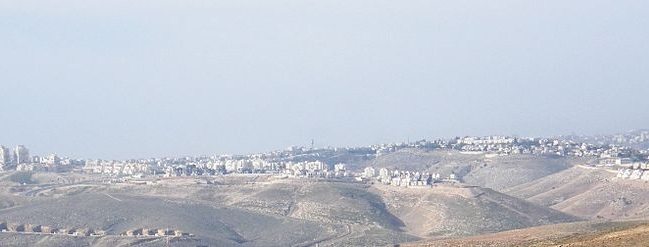
April 12, 2014; The Guardian
There are some NGOs (and for-profit contractors as well) that bring some special awareness to how to deliver humanitarian and development aid in conflict areas. Whether one agrees or disagrees with the nature of the conflict in which these NGOs operate—think of U.S. NGOs’ delivering aid in Afghanistan and Iraq—there is little question that operating in these environments requires knowledge, skill, and an ability to tolerate extreme risk and physical danger. (For readers interested in NGOs in conflict areas, see USIP and International Alert, Action Aid, and the International Center for Not-for-Profit Law, among others.)
Delivery of aid in the Middle East is fraught with challenges, not the least of which is getting caught in the politics of peace negotiations between Israel and the Palestinian Authority. U.S. Secretary of State John Kerry has been shuttling between Israeli and Palestinian peace negotiators, trying desperately to keep both sides at the table in reaching a two-state solution to the longstanding conflict.
To boil the two sides’ positions down to their barest bones, Israel wants the Palestinians, at least those on the West Bank governed by the Palestinian Authority controlled by the Palestine Liberation Organization (as opposed to Hamas, like those in the Gaza government) to recognize Israel’s right to exist as a Jewish state. The PA, on the other hand, wants the continuing construction and expansion of Jewish settlements on the West Bank stopped and removed. Each side seems able to provoke the other into threatening to walk away from negotiations, even as Kerry does his best to keep them talking.
This means that humanitarian aid is sometimes caught in the middle. For example, last week, Israeli military troops seized and dismantled three humanitarian aid projects near the West Bank community of Ras-a-Baba, also known as Jabal-al-Baba. The three projects were funded by the European Union’s humanitarian aid entity, DG Echo, with some additional support from the French development agency, Action contre la Faim. The EU is now demanding that the Israeli government provide the EU with compensation.
Sign up for our free newsletters
Subscribe to NPQ's newsletters to have our top stories delivered directly to your inbox.
By signing up, you agree to our privacy policy and terms of use, and to receive messages from NPQ and our partners.
The three sites weren’t much, basically prefabricated shelters for Palestinian families made homeless in severe storms that hit the region late last year. However, they were in or adjacent to the E1 corridor linking Jerusalem with the Israeli settlement of Maa’le Adumim (NPQ readers will remember that settlement as the location of the SodaStream plant that caused so much controversy around Scarlett Johansson and the Super Bowl; see here and here). Israel contends that the three aid sites were illegal, two of them constructed on state land within the jurisdiction of the Ma’ale Adumim settlement.
{loadmodule mod_banners,Ads for Advertisers 5}
The EU has been quite critical of the Israeli settlements, especially in the E1 region of the West Bank. “The location is definitely an attractive area and when you go there it is easy to understand why it is coveted by the Israelis,” a European diplomat said. “It is quite beautiful and there’s a nice view of Jerusalem. It is also between Ma’ale Adumim and Jerusalem and is prime real estate.” Late in 2012, the Israeli government announced a plan for the construction of 3,000 housing units for settlers in the corridor, which, according to the Guardian, “would create an urban bloc linking Jerusalem and Ma’ale Adumim and disrupt the territorial coherence of any future state.”
The debate between Israel and the EU regarding EU structures demolished on the West Bank is not new, but the prospective EU demand for compensation might be. The EU contends that in 2012 and 2013 Israel demolished EU development projects on the West Bank worth €49.2 million, with more than half of their cost funded by the EU or member states.
Entities delivering humanitarian aid to West Bank Palestinians are just about guaranteed to bump into restrictions related to the existence or planned construction of settlements. The Guardian reports the settlement population as 520,000, with 42 percent of the West Bank “allocated to settlement local and regional councils.”—Rick Cohen













